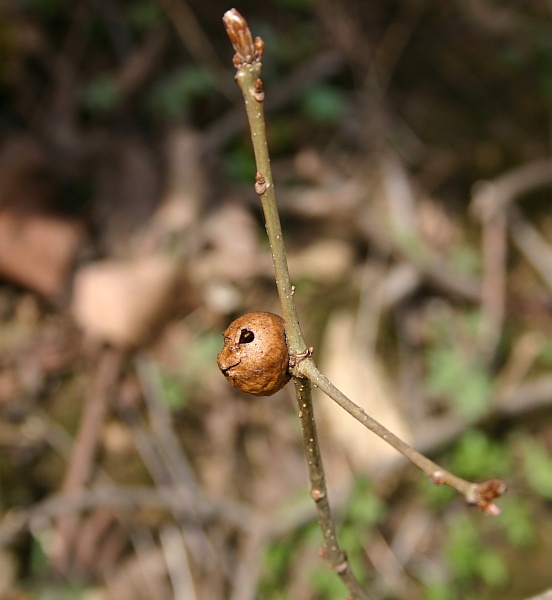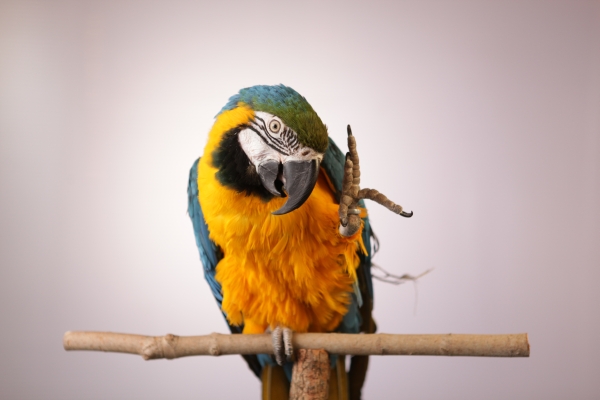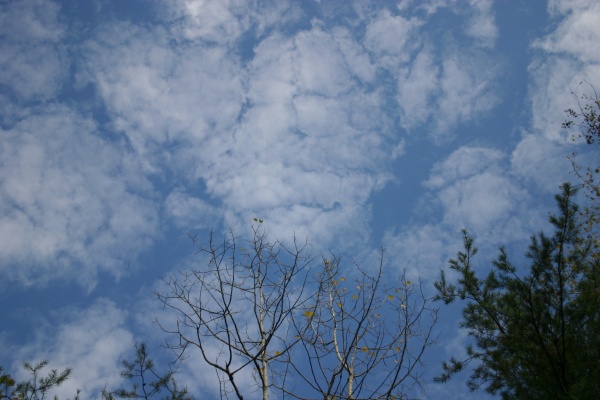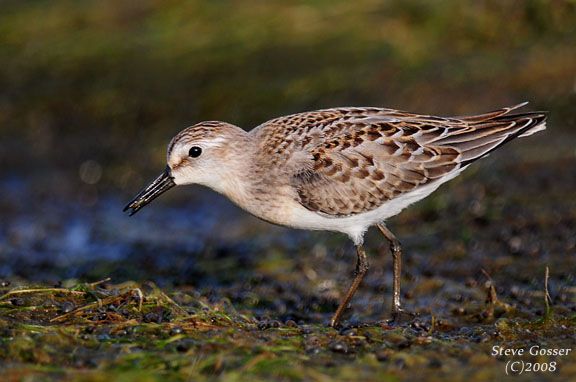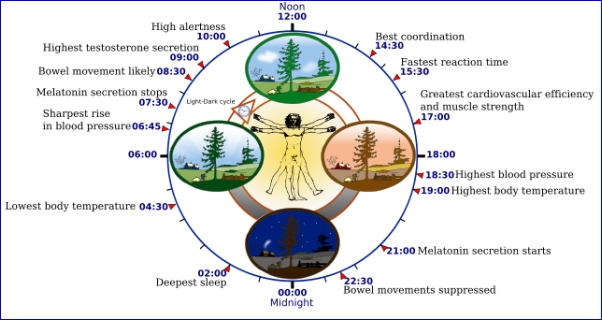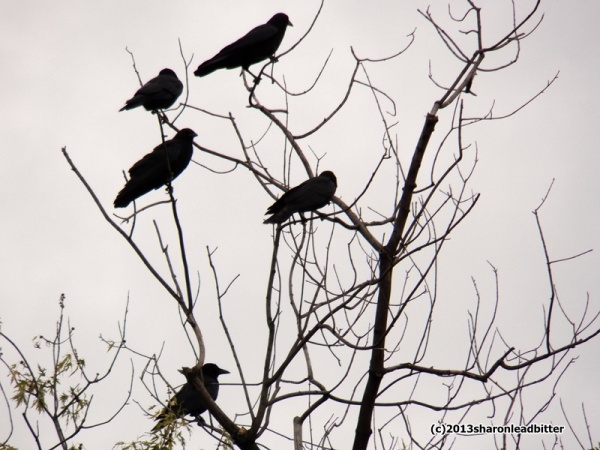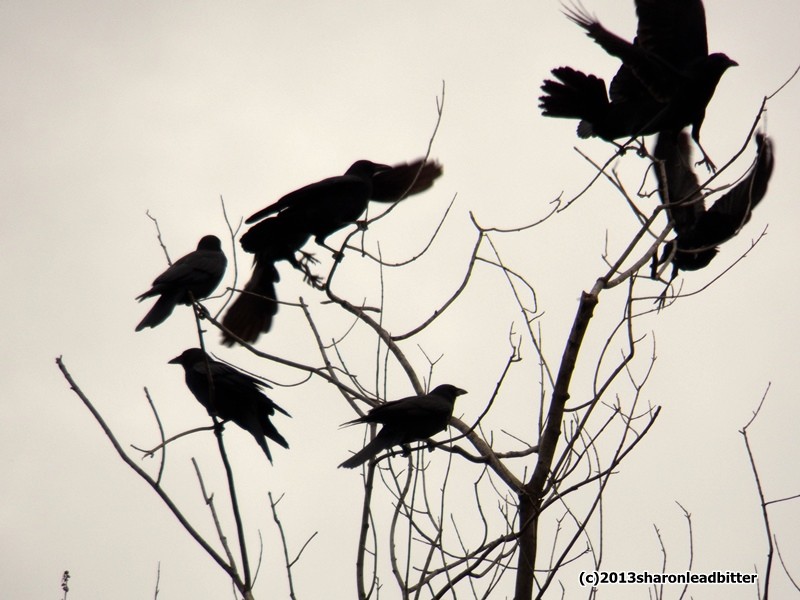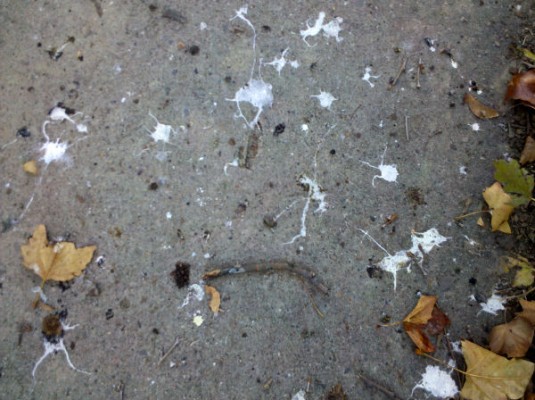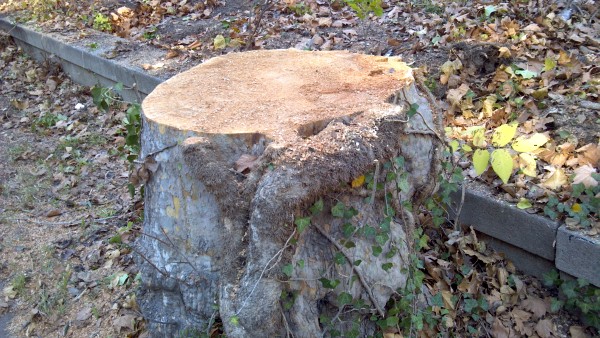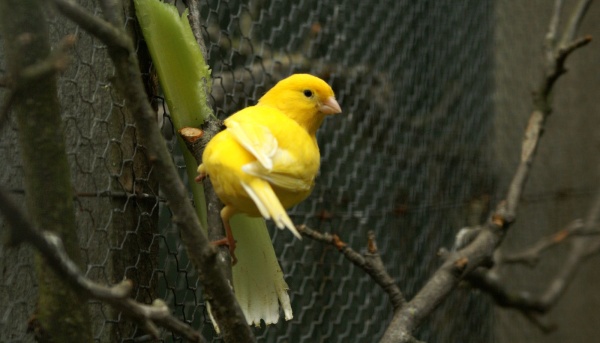
“The canary in the coal mine”
We use this phrase all the time to describe a small voice warning of imminent environmental danger. Before modern instruments, miners took canaries underground as indicators of unsafe conditions. If the canary was in trouble, the mine was unsafe.
Birds tell us about the world around us if we know how to look and listen. A new exhibit opening today at the National Aviary, Canary’s Call, highlights five unsafe conditions and links birds as the indicators of human overpopulation, pollution, habitat loss, invasive species and over-consumption.
Last night I attended a special preview of Canary’s Call.
The exhibit is absolutely gorgeous!
Located in the arc beyond the Tropical Rainforest Room, this area of the Aviary used to be a dark and tunnel-like place. It’s now beautifully lit by hundreds of photos that tell the story of human impacts on the world of birds.
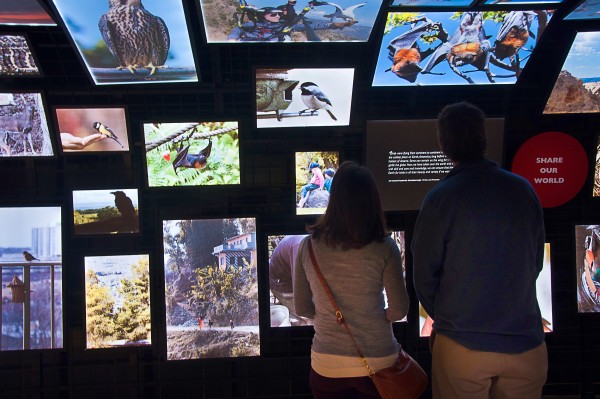
Several photos by the Aviary’s Mike Faix bring the story home. Peregrine fans will recognize Dorothy and Silver Boy from the Cathedral of Learning, and “Paul” the juvenile Downtown peregrine who hitched a ride on a truck roof.
New with this exhibit are six Malayan flying foxes, indicators of human overpopulation. These mega-bats eat fruit so they have large bright eyes, small ears and faces like foxes. I didn’t expect to like the bats but these ladies are really cute! All six are female. Be sure to ask why when you visit them. (Yes they are hanging upside down in this photo.)
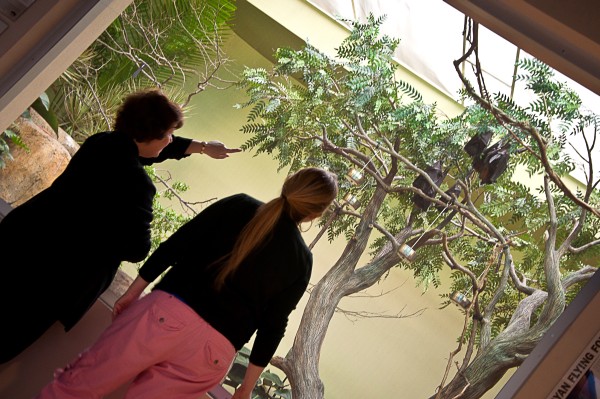
Canary’s Call has four signature bird species — canaries, rhinoceros hornbills, Guam rails, and rainbow lorikeets — that are sentinels for pollution, habitat loss, invasive species, and over-consumption. I was amazed by the Guam rails’ story as a “canary” for invasive species.
The exhibit is fun and educational. The photos are stunning. I found so much depth, so much to learn: What bird is this? Where is that desert located? When was the canary photographed in the mine? I learned something new each time I looked.
Don’t miss this beautiful, new exhibit at the National Aviary. Canary’s Call opens today.
(photo of a canary (not from the exhibit!) is from Wikimedia Commons. Photos of the Canary’s Call exhibit are courtesy of the National Aviary)
